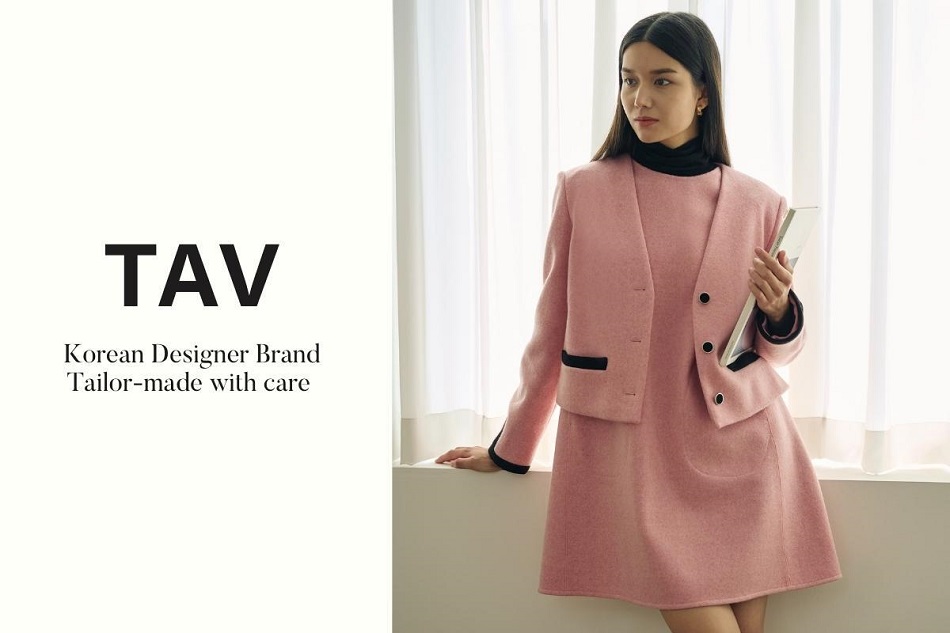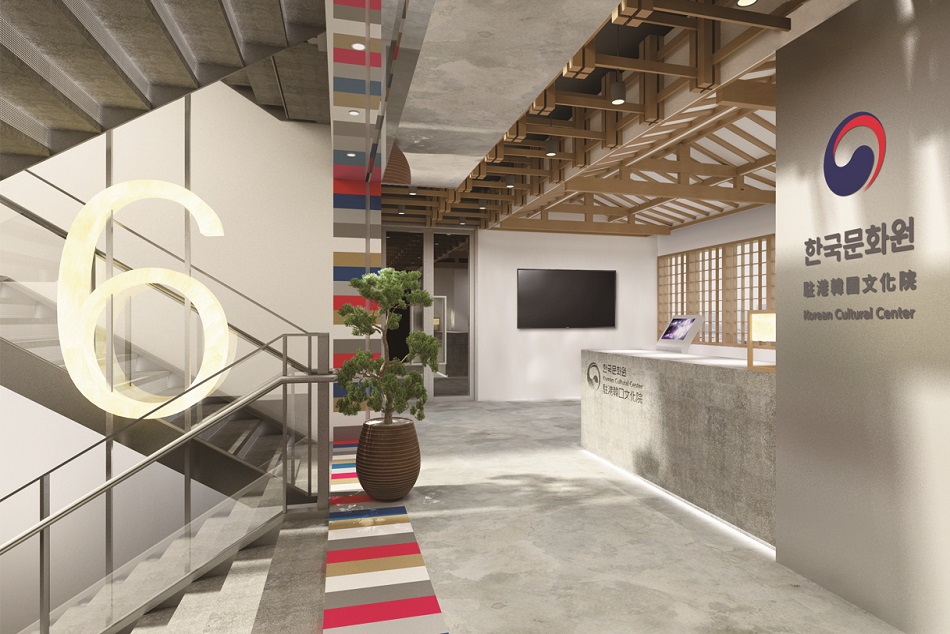Interview #12
A Samurai in the Snow: Kent Shiraishi’s Mission to Capture and Preserve Hokkaido’s Beauty
Kent Shiraishi
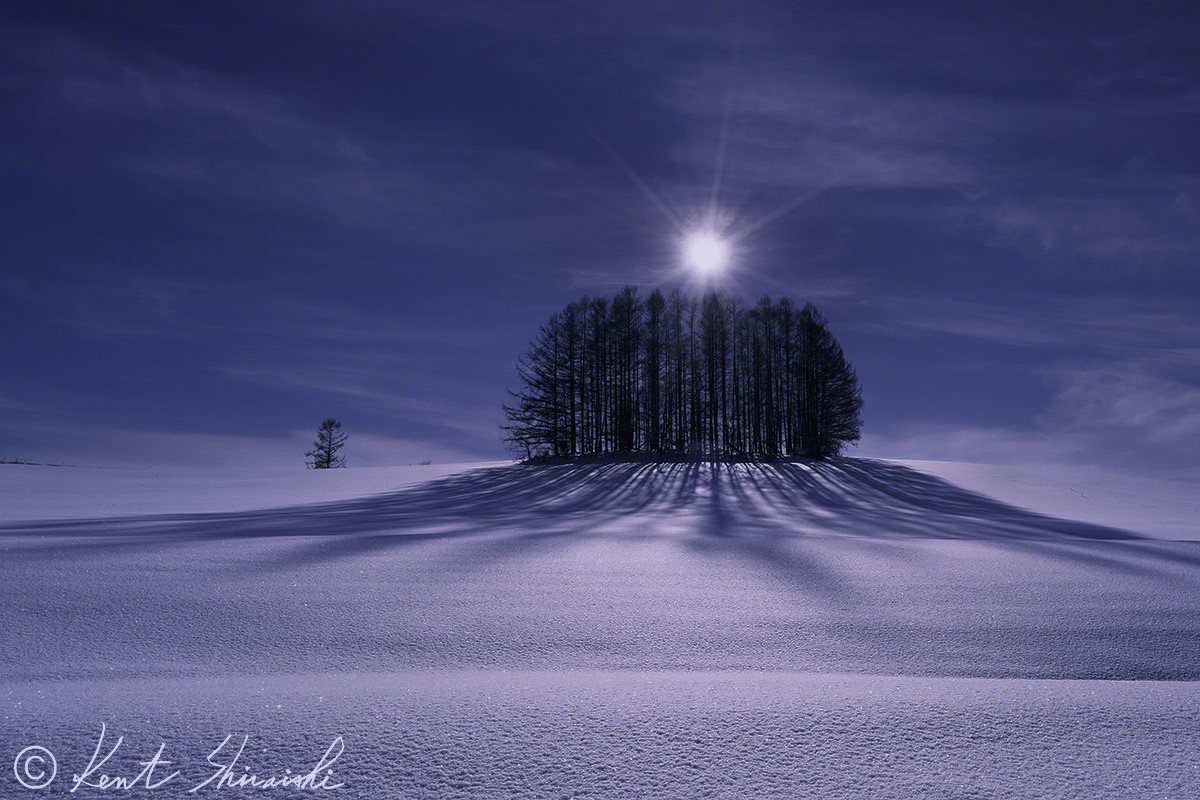
Written by RMM
Photos are courtesy of Kento Shiraishi
We’re pretty sure you’re already familiar with photographer Kent Shiraishi’s work without knowing it. In fact, imagine hundreds of thousands, perhaps a million over people around the world who are your fellow fans.
Kent’s photo of the Blue Lake, located in Hokkaido’s Biei Town, has been featured prominently on Apple’s Macintosh computers. The image of snow covered trees against a striking blue lake has captured the hearts and minds of so many, and it’s no wonder that Biei has seen a surge of popularity because of the photograph. The same photograph also won the 2011 National Geographic Contest.
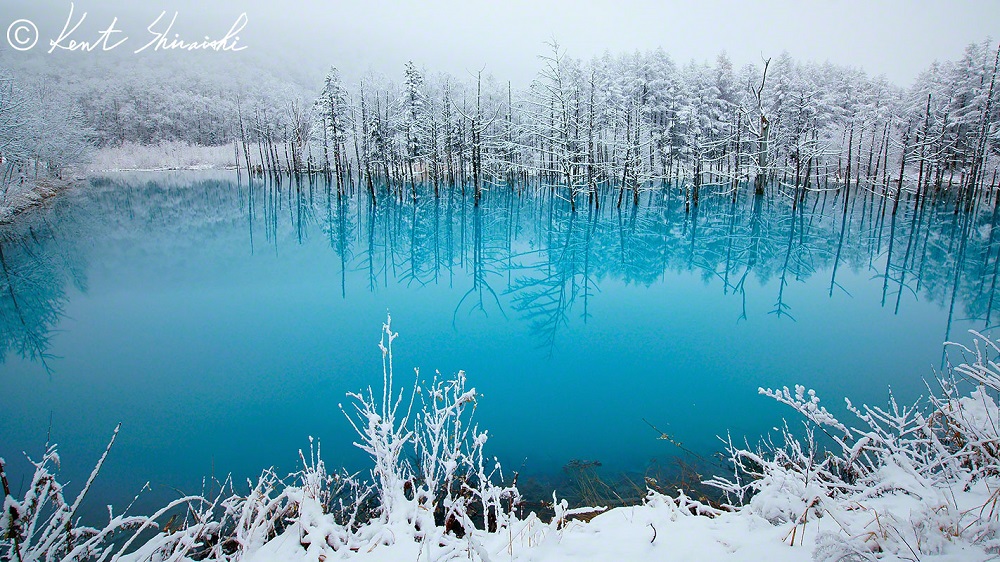
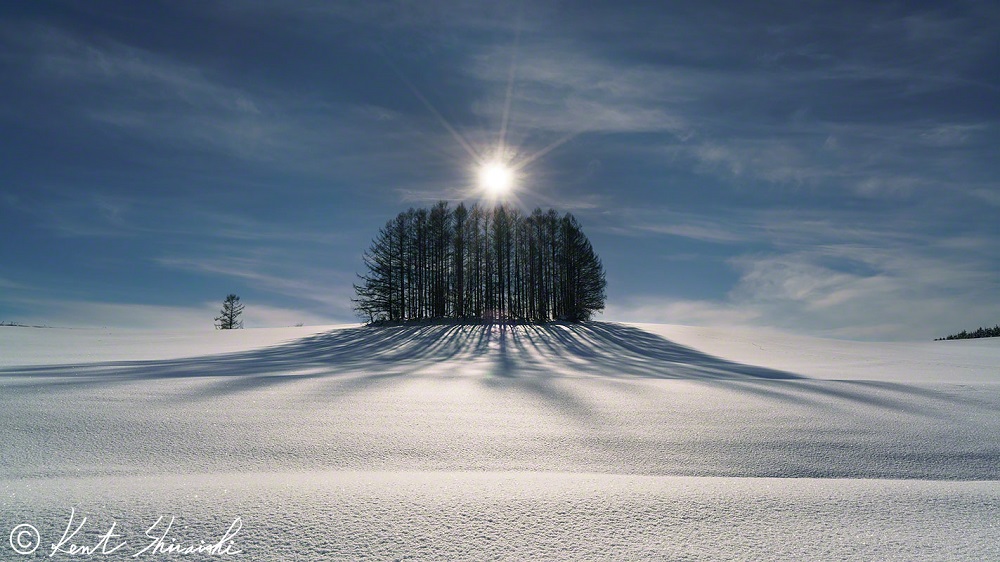
Kent currently lives in Hokkaido, and manages a hotel in Biei when he’s not out and about documenting the breathtaking landscape of the northernmost Japanese island. While his photos focus mainly on his home base of Biei, he does regularly venture out to other parts of Hokkaido in all seasons, to capture his shots. This self-styled ‘Samurai Photographer’ hopes to share the often-understated beauty of his hometown to the rest of the world.
We speak to him to find out more about his creative philosophy.
RMM: Can you first tell us more about yourself and how you first encountered photography?
Kent Shiraishi (KS): I started taking professional photos since the advent of digital cameras. However, I first used a film camera when I was 12 years old. I won a contest in secondary school and got an award from a well-known newspaper publisher. I ended up joining a publishing company as a reporter, but left for personal reasons. I continued my journey trying to find photography subjects that I liked, and focused on creating works with my favourite colours. Since photography become digital, I can produce what I like. In my opinion, the digital camera is the best gift god from God.
RMM: Who are your photography heroes, and where do you get your inspiration?
Kent Shiraishi (KS): While I do respect many people, I don’t have any ‘photography heroes’ in particular. As for what inspires me — in short, the internet. It connected Japan to the world, and being able to view so many wonderful photos online is great.
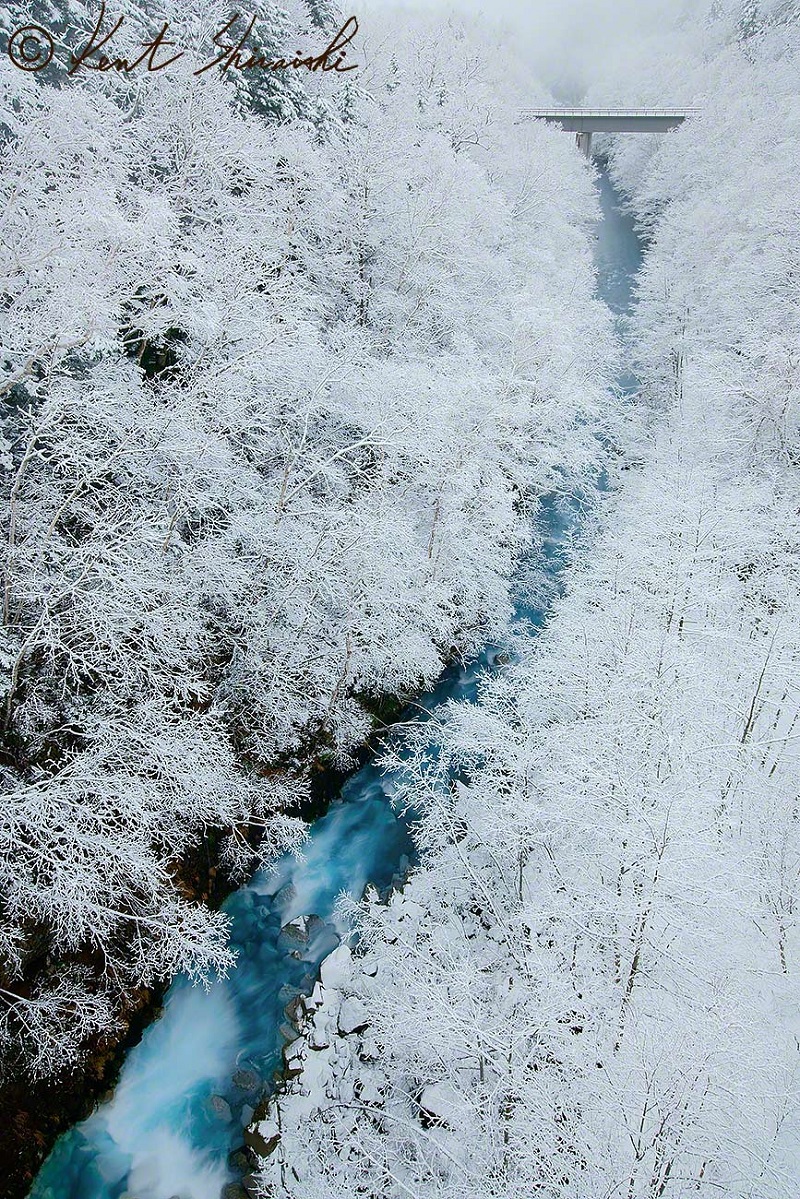
RMM: Your hotel is called “tefutefu”. What does it mean?
Kent Shiraishi (KS): Yes, ‘tefutefu’ refers to the butterflies that are always flying around my hotel.
RMM: Why did you decide to open tefutefu, and what are the challenges of managing a hotel?
Kent Shiraishi (KS): I’d have to devote 100% of my work to commercial photography, if I did it fulltime. But this would mean giving up my creative freedom and pursue my world as an Artist. I didn’t want this kind of situation to happen. If I decided to make a living from photography only, I would have to devote.
My current photography lifestyle is so free and flexible! I can always capture my subjects whenever and wherever I like. This kind of work environment is the most important thing to me. Having a hotel also gives me the freedom to come up with new ideas, like this “Scientific Photography Technique Seminar” that I plan to hold. I’d like to cultivate and connect with a new generation of young artists.
RMM: Could you share with us what goes on during your photography workshops?
Kent Shiraishi (KS): The workshops consist of a tour (of photo spots) and a tutorial on photography technique and etiquette. We don’t use tripods on our tour, for example. This is part of a big problem in the Japanese photography scene right now. Many famous temples have prohibited the use of tripods because photographers have been irresponsible. Since modern cameras have in-built image stabilisers, I honestly think its unnecessary to use a tripod (unless in special situations). Using one might actually impede your creativity too!
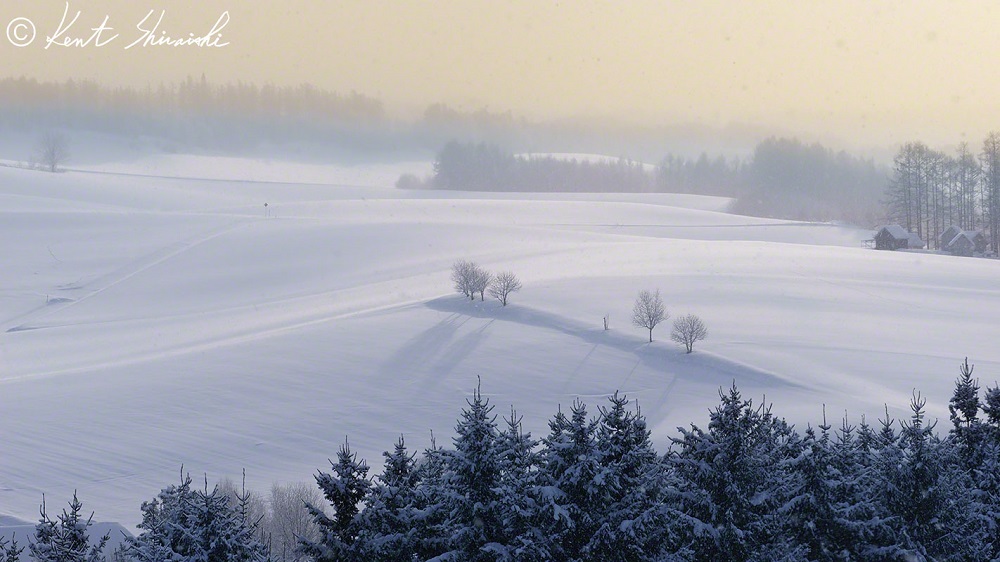
What is your creative philosophy?
Kent Shiraishi (KS): “Photography is a world-wide culture” is something that is always on my mind. Japan has historically been isolated, so Japanese people have developed a unique, inward-looking worldview. This might have influenced Japanese photography. I, however, have always wanted to leap out of this tiny and narrow domain, and explore the world at large. This is extremely important to me as an artist and creator.
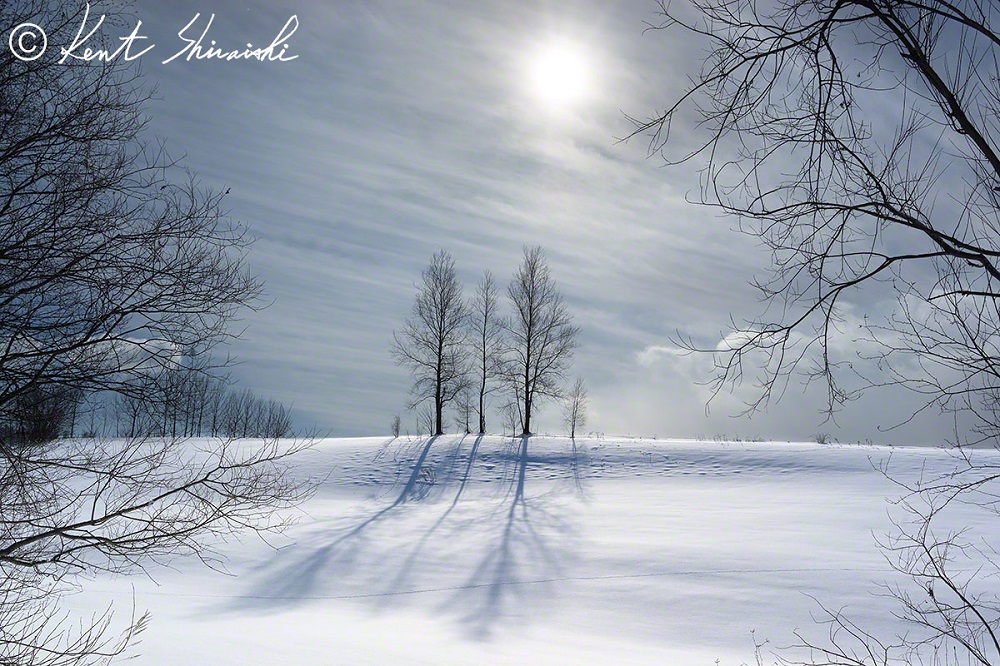
In recent months, the Samurai Photographer has a new mission: educating photographers far and wide about the proper etiquette when visiting Hokkaido’s many famous (and secluded) photo spots. Kent had always been an advocate for non-intrusive photography, but a recent and tragic incident made him take a stand against irresponsible photographers.
Here’s a little background information: the town of Biei, and its neighbour Furano, is famous for its scenic views and majestic trees. Many of them have been made famous through commercials and television shows, such as the ‘Ken & Mary Trees’ and the ‘Philosopher’s Tree’. Photographers and tourists flocked from all over to capture them. However, fame is a double-edged sword. On 24 February 2016, the beloved ‘Philosopher’s Tree’ was cut down.
Kent, needless to say, was devastated. This tragic situation could have been prevented if photographers and tourists did not trespass into the private property, disturbing the farm’s delicate ecosystem. The Samurai Photographer hopes for and encourages fellow shutterbugs and tourists to be respectful and observe good manners.
Interview answers have been translated and edited for clarity.
Official website:http://tefutefu.com/

